16 Minutes
Introduction: When Thinness and Lightness Outpace Power
For two decades, the smartphone industry has danced between the extremes of form and function. There was a time when the pinnacle of innovation was measured by how compact a phone could become. Fast forward to 2025, and the tides have shifted once again: thinness and weight are making a comeback, yet not at the expense of display size. The new Samsung Galaxy S25 Edge is a striking testament to this trend, debuting as one of the thinnest and lightest Galaxy devices ever, but at a very real cost to utility—primarily battery life. How does this gamble affect user experience, and is the trade-off truly worth it?
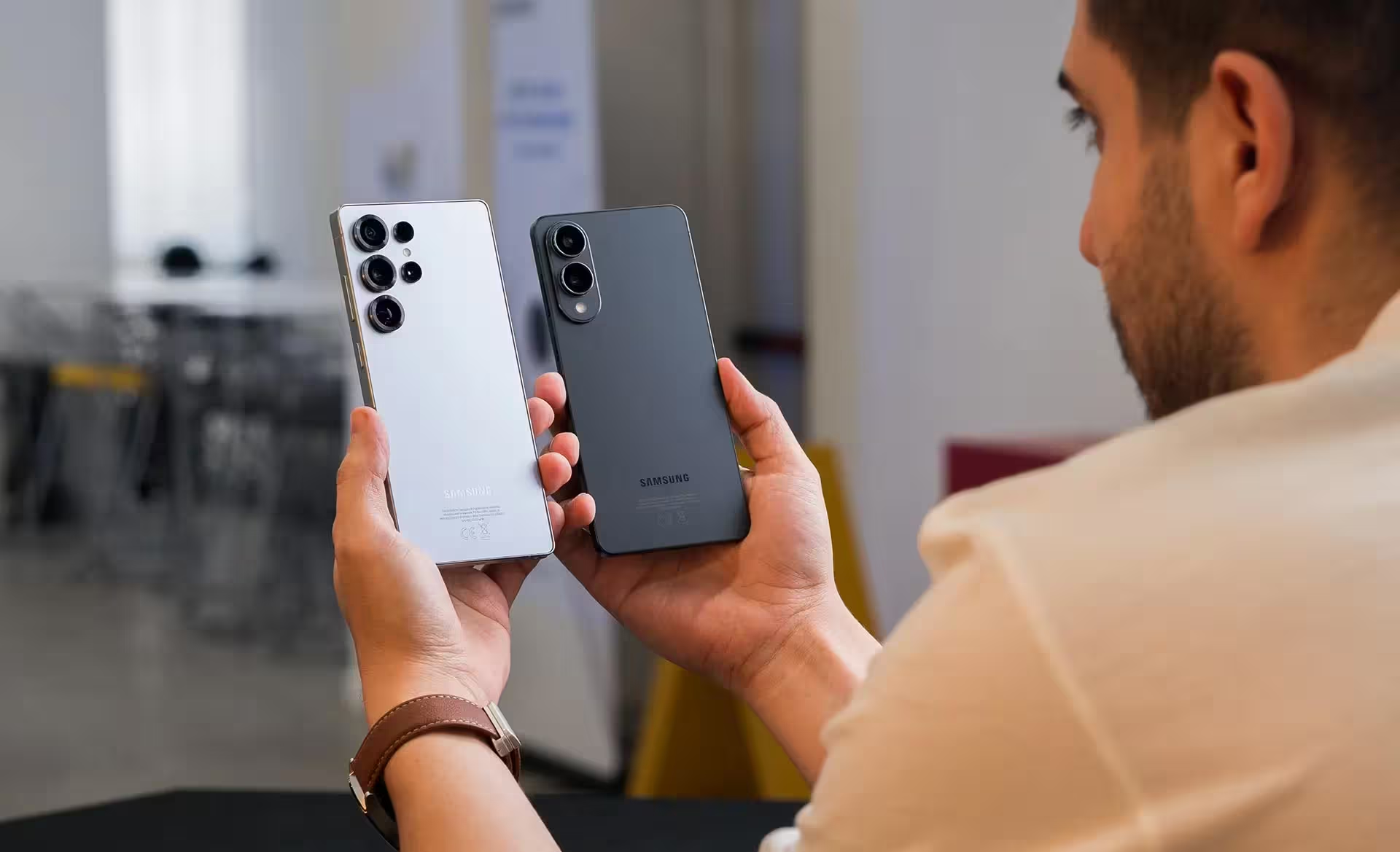
This in-depth review dissects the Galaxy S25 Edge from every angle, addressing its engineering marvels, the compromises it entails, and the broader industry implications for devices that strive for portability without compromise. If you’re contemplating whether Samsung’s thinnest Galaxy device could convince you to abandon the mighty S25 Ultra—or indeed, any large flagship—read on for unrivaled insight.
The Evolution of Smartphone Design: More Than a Beauty Contest
From Miniaturization to Maximal Displays
Historically, the race towards smaller, thinner mobile phones peaked in the early 2000s, epitomized culturally in comedy and the pursuit of minimalist fashion. But the 2007 launch of the iPhone rewrote the rules. Phones transformed from compact communicators into multimedia hubs, ushering in a new age where large displays, powerful batteries, and immersive experiences became gold standards.
Attempts to return to smaller phones, such as Apple’s iPhone Mini lineup, generally fizzled—a clear message from the market that, while portability is desired, users are not willing to sacrifice practical features. Instead, manufacturers have increasingly sought a sweet spot, blending big, beautiful screens with lighter, thinner bodies. Foldable phones like the Galaxy Z Fold demonstrate a technological response to this user demand, balancing compactness and expansiveness by reimagining form factors.
Now in 2025, industry giants like Samsung and Apple aim to deliver a device that is not necessarily smaller in footprint, but astonishingly lighter and thinner. The Galaxy S25 Edge, with its massive 6.7-inch display packed into a mere 5.8 mm chassis weighing just 163 grams, is the apex of this new design philosophy. But at what cost?
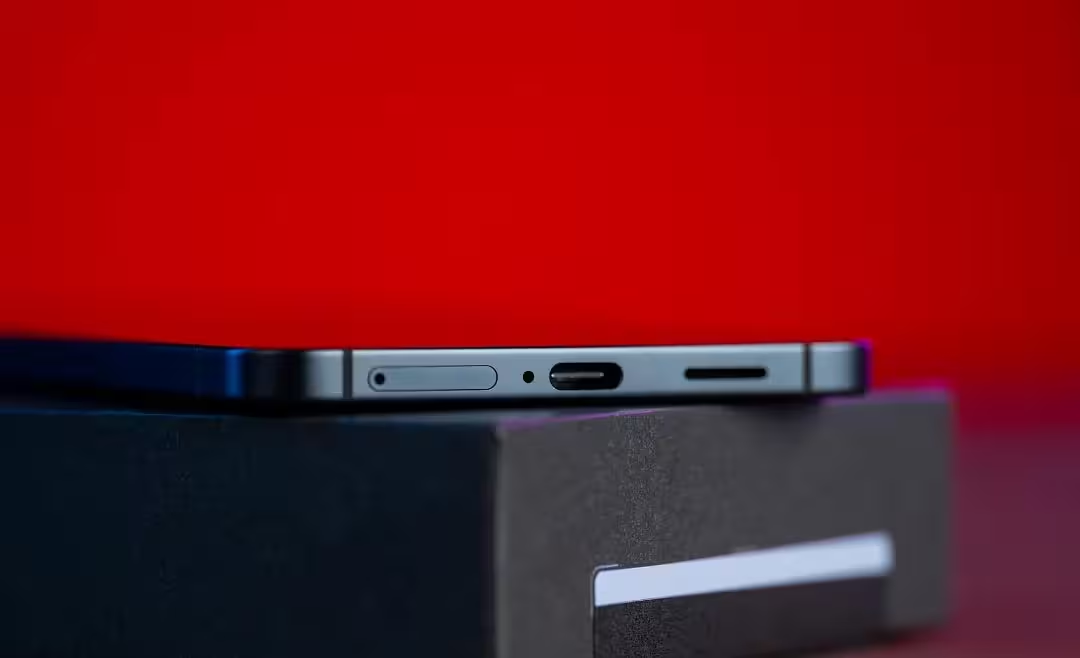
Galaxy S25 Edge: Slimmest Samsung Flagship Ever—A Technical Deep Dive
Precision Engineering Meets Advanced Materials
The Galaxy S25 Edge can be seen as a sleeker sibling to the S25 Plus, sharing the same 6.7-inch Dynamic AMOLED 2X panel but achieving unprecedented lightness and slimness. This difference is not just cosmetic; it is the result of concerted engineering innovation.
From the outside, the Edge appears deceptively standard. But in-hand, its exceptional lightness is immediately apparent, particularly considering its generous screen estate. The device is nearly 27 grams lighter than the S25 Plus, and sheds an impressive 55 grams relative to the S25 Ultra—a palpable difference during daily use, akin to the weight of a tennis ball.
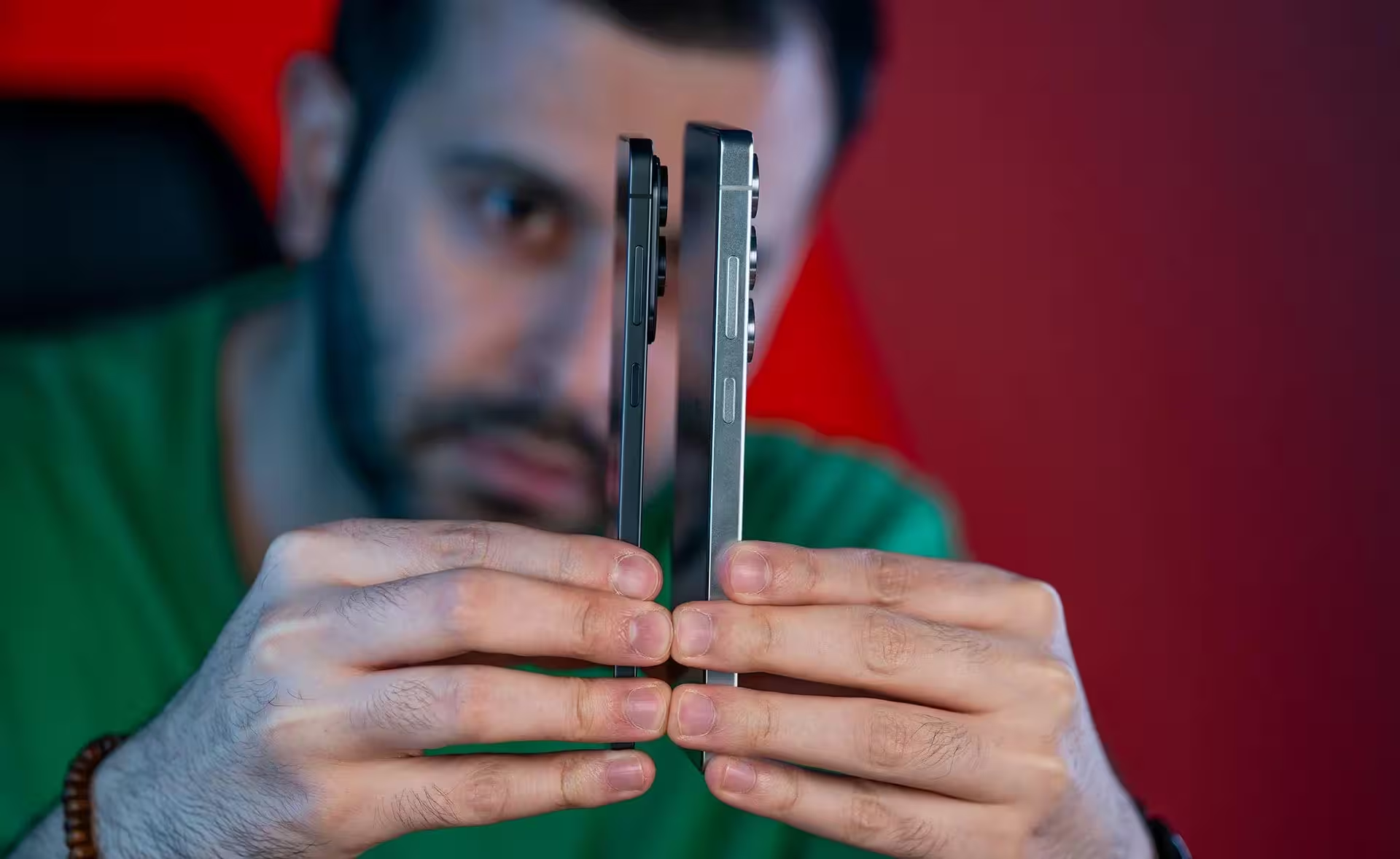
While not quite the thinnest device in Samsung’s history—the Z Fold 6 is marginally thinner when unfolded—the Edge is the thinnest among the brand’s bar-style (classic form factor) phones. To appreciate just how slim it is, stack six credit cards together—that’s roughly the Edge’s profile, as thin as Samsung’s famed S Pen.
Grade 5 titanium has been chosen for the device’s frame, superseding the aluminum used in most flagships, offering a superior strength-to-weight ratio. The display is protected by the latest Corning Gorilla Glass Ceramic 2, while the chassis is certified to IP68 for water and dust resistance. But inherent to this hyper-thin build are new ergonomic concerns: a sizeable, flat phone this light may feel precarious, fostering fears of accidental drops or bending.
Despite the elegant appearance, pragmatic users (especially those paying over $1,000 for the device) may still opt for protective cases—especially as the available color palette lacks standout flair—though that somewhat masks the much-hyped thinness without significantly affecting lightness.
A Modern Minimalist Aesthetic
The S25 Edge is visually defined by a razor-thin uniform bezel and flat-edged display. In a move reminiscent of the iPhone 16, its rear panel features a minimalist, slightly elevated camera module ensconced in a seamless glass outcrop. However, the design is not without flaws: the transition between the camera bump and the body curvature may irk detail-oriented users, and the port/speaker alignment is less than perfectly symmetrical.
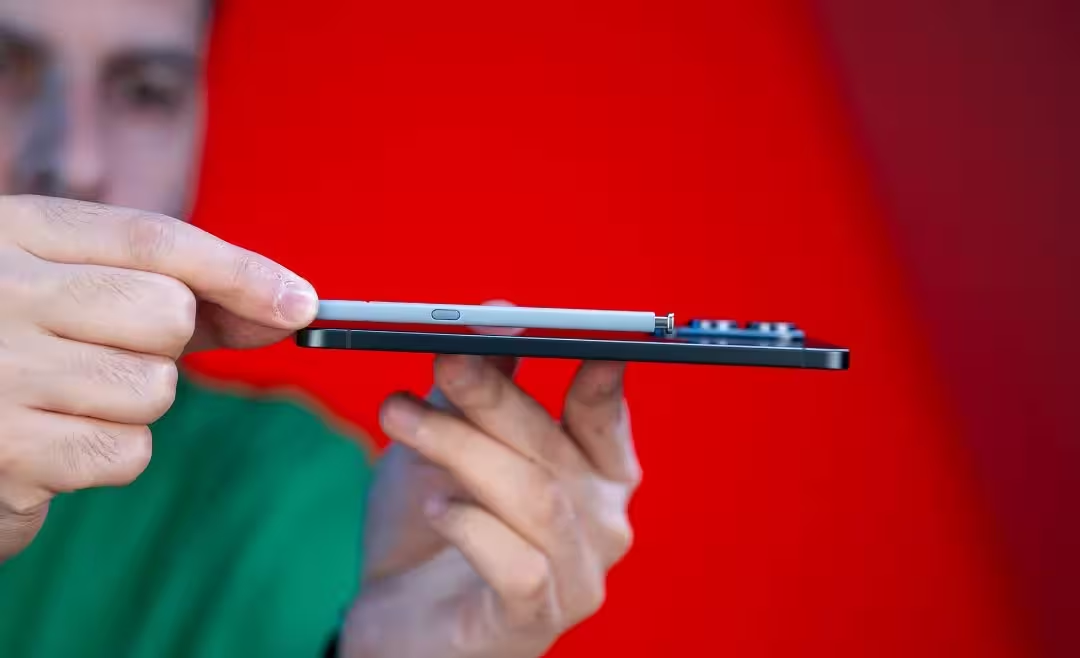
These minor imperfections, while not deal-breakers for most, illustrate the challenge of fusing ambitious engineering with refined industrial design—especially given the necessity of accommodating a 200MP main camera in such a svelte chassis.
Camera System: Innovation With Omission
No Room for Telephoto—But Ultra-High-Resolution Remains
In its quest for a thin profile, Samsung has sacrificed the dedicated telephoto camera—a surprising omission for a flagship in this price segment. Instead, the S25 Edge features two rear cameras: a main 200MP wide sensor (identical to the S25 Ultra) and a 12MP ultra-wide sensor. The primary camera is enabled by a novel lens assembly that saves up to 18% more space.
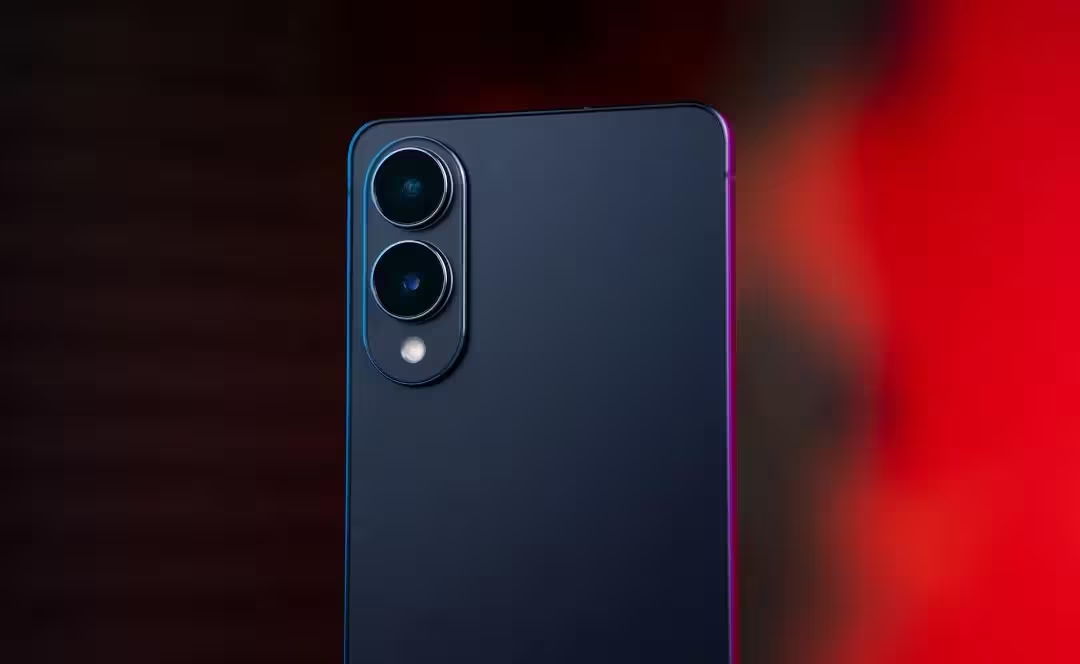
The ultra-wide, unfortunately, does not inherit the 50MP sensor of the Ultra, but reuses the 12MP module found in lower-tier S25 models. However, Samsung compensates by adding autofocus for strong macro capabilities.

Image quality from the main camera remains exceptional under optimal conditions—mirroring the S25 Ultra’s performance in terms of dynamic range, color reproduction, and detail. When pixel binning modes are used (50MP and 200MP), fine detail is plentiful, and occasional sharpness advantages emerge, possibly due to better image stabilization mechanics in S25 Edge’s tuned camera stack.

The ultra-wide camera produces images that, while a notch below the Ultra’s in terms of raw detail (owing to the lower resolution), still deliver pleasing results, bolstered by enhanced sharpness algorithms. Portraits performed with 2x digital crop on the main sensor remain strong thanks to high baseline sensor quality, even in the absence of telephoto optics.

Low-light capabilities are, predictably, more limited on the ultra-wide due to a smaller aperture, but the main sensor compensates through higher ISO or longer shutter speeds without severe loss in detail. Night color accuracy remains a challenge for both S25 Edge and Ultra, specifically with artificial lighting.

Front-facing selfies are handled by the same 12MP AF camera as the rest of the series, delivering clear, nuanced output across environments.
Video and Computational Photography
All cameras in the S25 Edge benefit from Samsung’s latest computational photography suite, with advanced multiframe HDR, real-time AI noise reduction, and improved Super Night mode. However, the telephoto-shaped hole remains: there is no true optical zoom, posing limitations for users who prioritize telephoto and advanced portrait photography.
Video capabilities retain full 8K and 4K recording at multiple frame rates, harnessing the Snapdragon 8 Elite’s superior ISP, though maximum stabilization options are limited compared to the Ultra model. For many users, these are incremental differences, but for hardcore photographic enthusiasts, the absence of a genuine telephoto module might be a dealbreaker considering the price tag.
Display: More Than Just Looks
Dynamic AMOLED 2X—Consistent Excellence, High Brightness
The Galaxy S25 Edge’s display is a triumph of modern engineering—edge-to-edge, nearly bezel-free, and flat for a contemporary look. The panel is a 6.7-inch Dynamic AMOLED 2X with an adaptive refresh rate from 1Hz to 120Hz, sharing parity in both size and resolution (QHD+) with the S25 Plus and S25 Ultra (albeit not in diagonal).
Samsung’s investment in display technology is evident in the brightness figures: manual mode peaks at 851 nits, while HDR content in auto mode hits over 2600 nits—among the brightest on the market, slightly below iPhone 16 in manual mode but considerably topping it for sustained HDR performance. The display is encased in Corning’s Gorilla Glass Ceramic 2, offering exceptional drop and scratch protection.
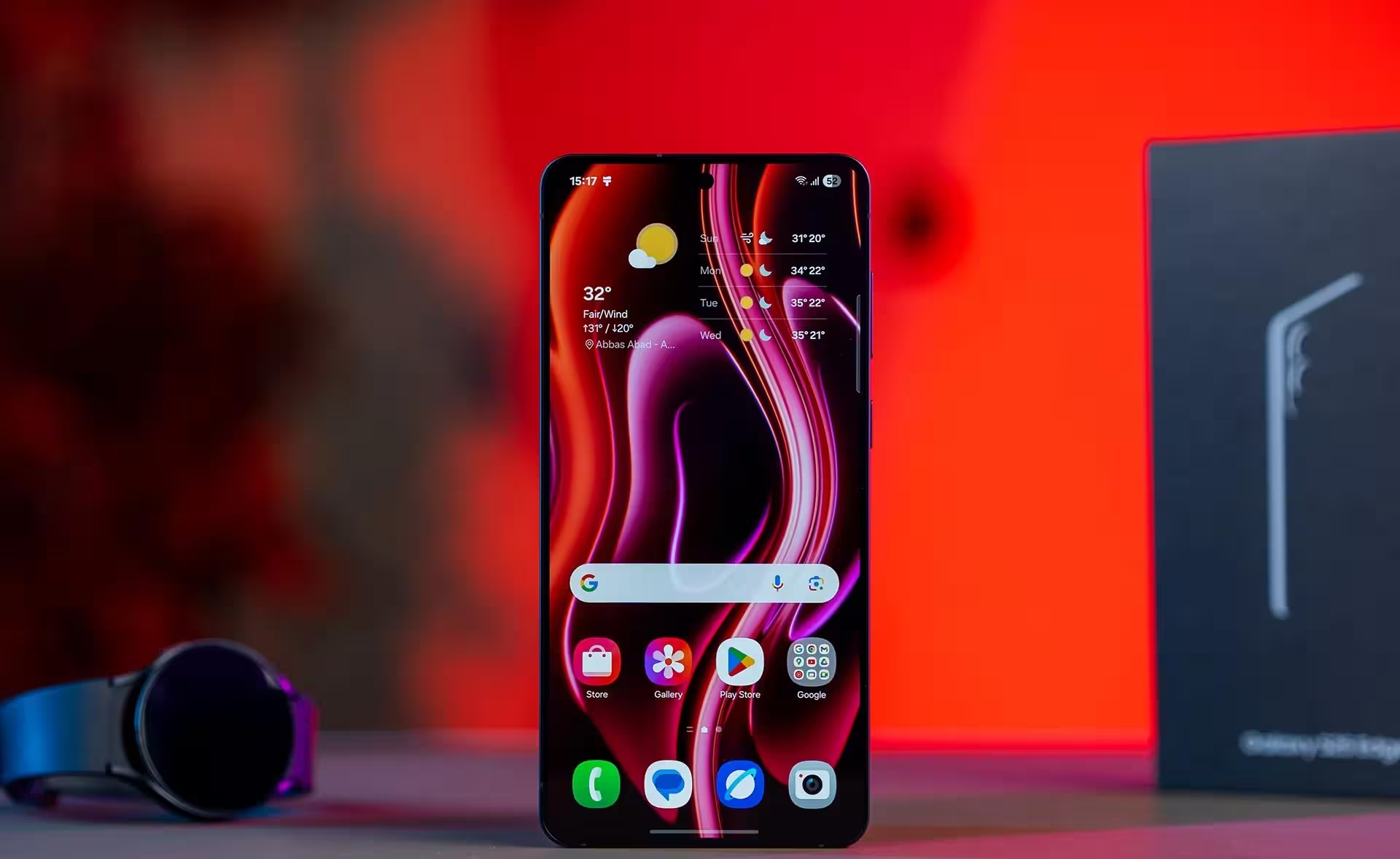
In color reproduction, the Edge is competent but doesn’t set new standards, mostly matching the broader S25 family using Vivid and Natural profiles for DCI P3 and sRGB gamuts respectively. As with all current S25 devices, the display is still 8-bit, rather than 10-bit color depth—a slight letdown for display purists.
The ProScaler feature present on the S25 Edge uses an AI NPU to upscale photos and videos to the panel’s native QHD+ resolution, enhancing perceived sharpness and clarity.
Clearly, the S25 Edge’s display quality stands shoulder-to-shoulder with other premium flagships, reinforcing Samsung’s dominance in panel manufacturing.
Processor and Performance: The Price of Thinness
Snapdragon 8 Elite, But Slightly Dialed Back
A major change for 2025’s S25 lineup is the unification around Qualcomm’s latest Snapdragon 8 Elite—abandoning Exynos entirely. The S25 Edge differs by underclocking its middle-core cluster and (by some monitoring utilities) appearing to have one fewer core. This is likely to offset thermal constraints imposed by the smaller cooling solution and thinner body.
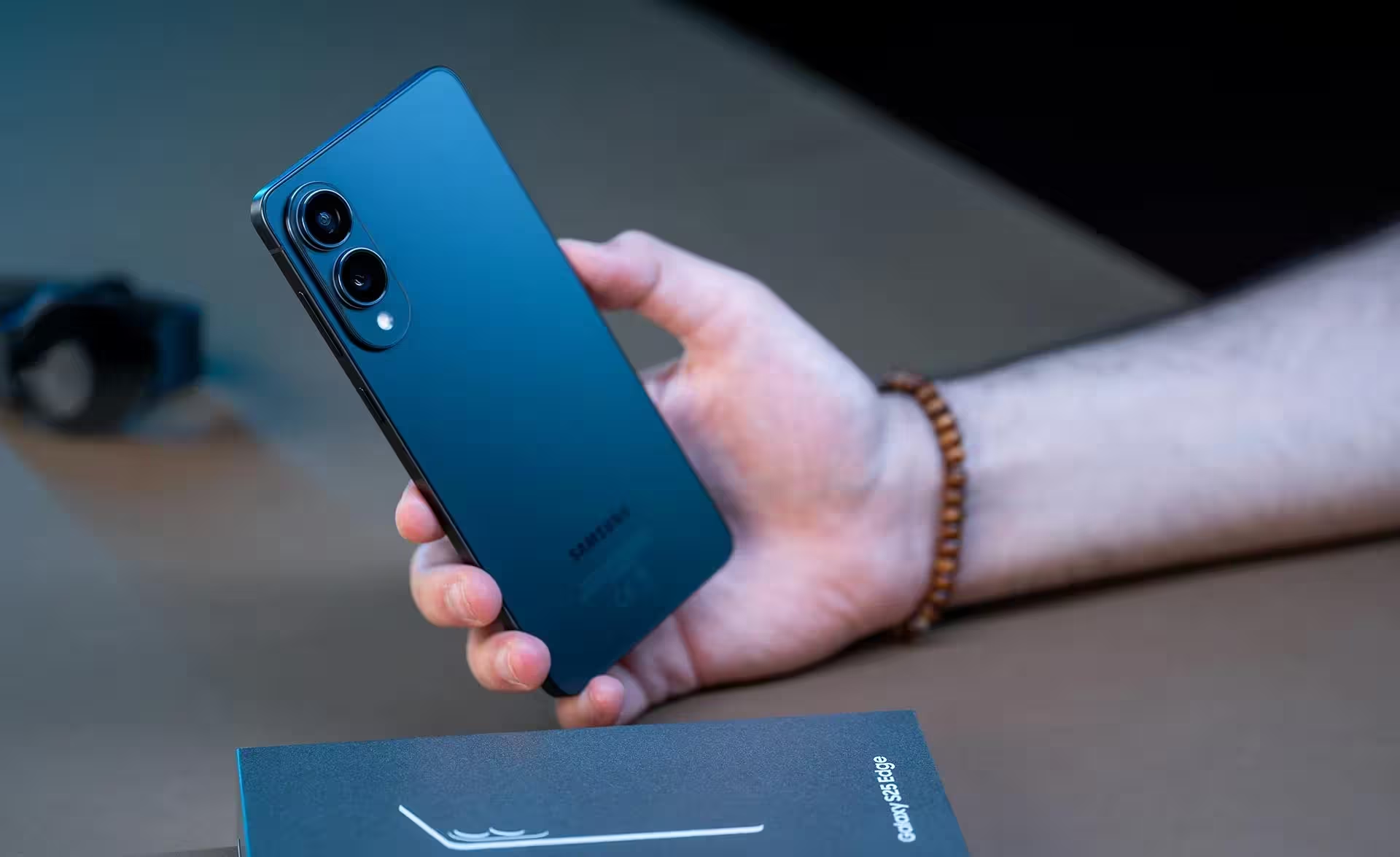
Benchmark results reflect this: single-core CPU performance is 10–15% below that of the S25 Ultra or Plus. While GPU performance in offscreen tests is on par, in real-game scenarios, potential thermal throttling may limit sustained peak performance. During intensive CPU and GPU stress tests, the Edge’s performance degrades faster, dropping to roughly 57% of its initial capacity after prolonged load—a less robust showing compared to the S25 Ultra.
More worryingly, the device heats up significantly in demanding use cases (gaming, 4K video recording, etc.), and it takes longer to return to ambient temperatures. These are the hard realities of ultra-thin engineering with current cooling technologies.
Storage and Memory Configurations
The S25 Edge is available in 12GB RAM variants with either 256GB or 512GB of fast UFS storage. Sequential read/write speeds are solid, falling between base and flagship S25 models. While more than adequate for most use cases, the levels of sustained performance and instantaneous responsiveness may dip under heavy multitasking or file transfers compared to the S25 Ultra.
Battery Life: The Achilles’ Heel of an Otherwise Brilliant Design
Here lies the most profound trade-off of Samsung’s engineering ambitions. The S25 Edge houses a 3,900 mAh lithium-ion battery—a full 1,100 mAh less than the S25 Plus. This is an inevitability dictated by the 5.8 mm frame; battery chemistries have not sufficiently advanced to offer comparable densities in smaller volumes.
When tested for daily multitasking, the Edge manages roughly 12 hours on a single charge—a drop of several hours compared to its stablemates. It loops video for around 24 hours in ideal conditions. However, if the display is set at its peak QHD+ resolution, those figures drop even more—by up to 4 hours compared to the S25 Plus. Users can claw back some battery life by downgrading display resolution to FHD+.
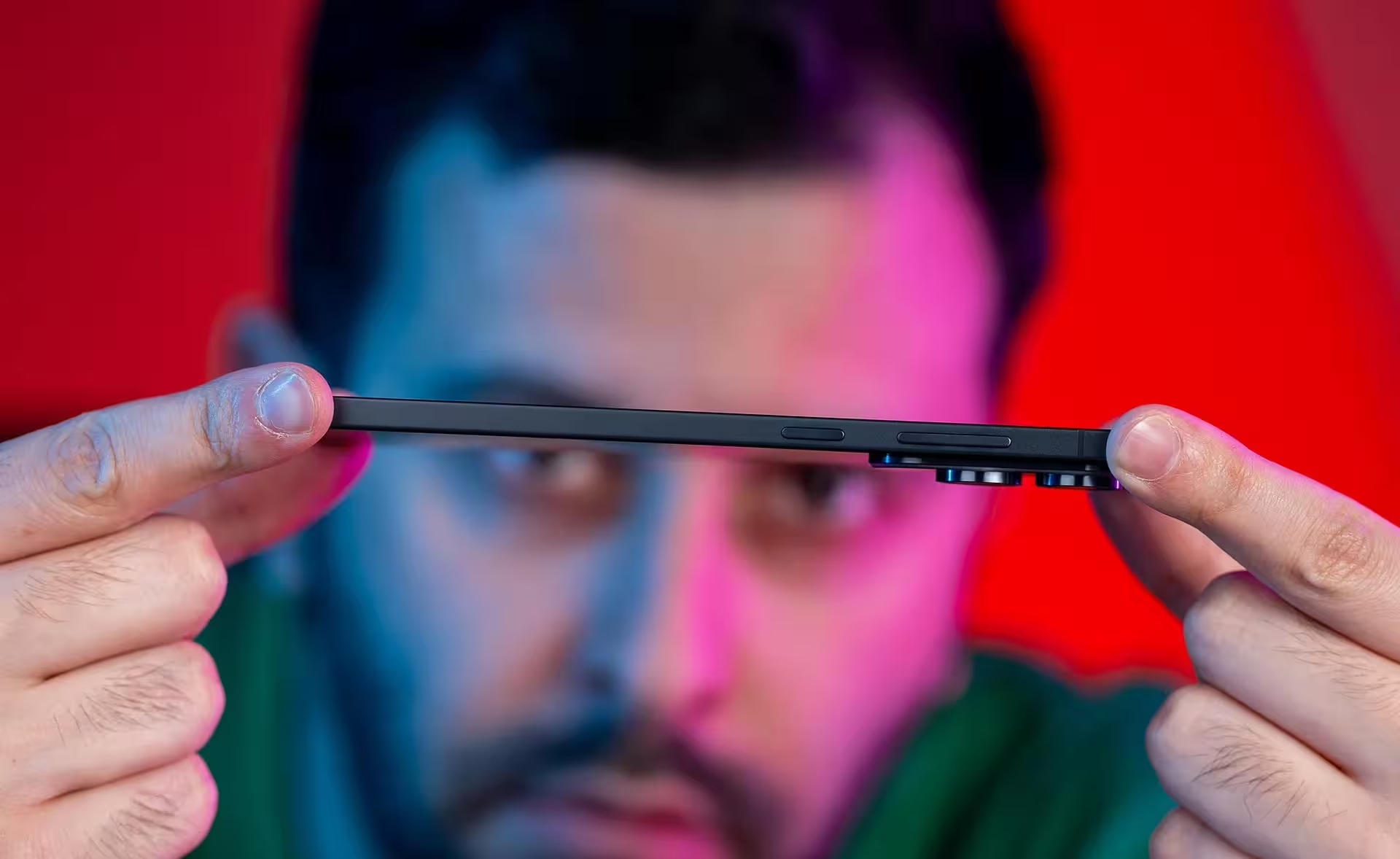
Charging speeds are also limited by the thin form factor. The S25 Edge is capped at 25W wired charging—eschewing the 45W rates of higher-tier models—and supports 15W wireless charging, but no reverse wireless power-sharing. On a global stage where competitors push 65W+ charging even in mid-tier models, this is a notable shortcoming.
Expert Perspectives and Industry Trends: Is Ultra-Thin the Future?
User Sentiment and Industry Analysis
Across the globe, there is renewed consumer interest in accessibly light and portable smartphones. Samsung’s internal research claims that users prioritize portability more than ever. This certainly aligns with the contemporary on-the-go lifestyle, where constant device presence amplifies the value of lightness and reduced bulk.
However, expert voices caution against chasing thinness for thinness’ sake. Trade-offs in battery life, heat management, and feature completeness cannot be overlooked. The tepid sales of ultra-compact but underpowered phones like the iPhone Mini underscore a broader truth: consumers expect slim devices, but not at the expense of the excellence synonymous with flagship ownership—especially at the $1,000+ price point.
The S25 Edge is a harbinger for future ultra-thin flagships, but until battery technology (potentially silicon-carbon anodes or solid-state cells) and cooling solutions leap ahead, these devices will remain a niche phenomenon.
Real-World Use Cases
For frequent travelers, city-dwellers, or those who loathe pocket bulge and weight, the S25 Edge is irresistible. It can accompany you all day with minimum encumbrance, hiding comfortably in even the tightest jeans or smallest bags. However, power users who rely on all-day battery, frequent camera zooming, or intensive gaming/creative workloads will quickly feel the pinch.
In the corporate market or among style-conscious demographics, the S25 Edge has clear appeal. Its modern design and featherweight profile make it a conversation piece as much as a functional tool. Yet the perceptible limitations—lack of telephoto, weaker battery, no S Pen support, and reduced thermal stability—will confine its audience, at least until technology catches up with design ambition.
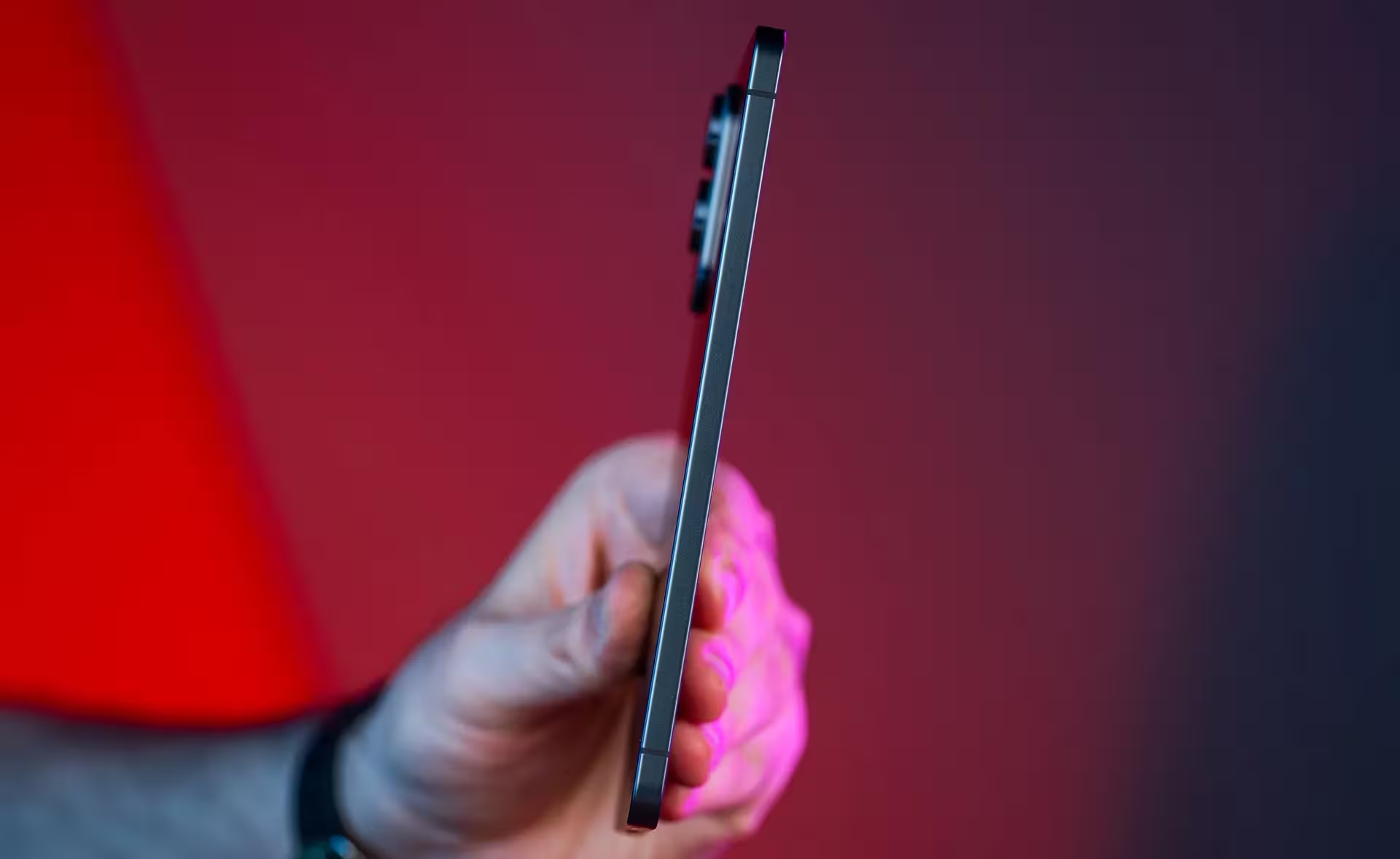
Benefits and Challenges: Weighing the Edge’s Strengths and Limitations
Key Benefits
- Outstanding portability: At 163g and 5.8mm thickness, it is one of the most pocket-friendly 6.7" smartphones ever released.
- High-end display: QHD+ AMOLED with leading peak brightness and color accuracy.
- Top-tier wide camera: Shares elite sensor hardware with the S25 Ultra for stunning daytime, portrait, and night photography.
- Premium materials: Titanium alloy frame and Gorilla Glass Ceramic 2 result in a robust, luxury-feeling device.
Primary Challenges
- Reduced battery life: Competition, including its S25 Plus sibling, offers considerably longer endurance on a single charge.
- No telephoto camera: Advanced zoom and portrait capability are compromised for the sake of thinness.
- Heat buildup and throttling: Under sustained loads, thermal limitations mean less consistent peak performance, especially for gaming and 4K+ videography.
- No S Pen support and less robust anti-reflective coating, further distinguishing it from the Ultra.
- Less compelling color options and ergonomic risks due to ultrathin build.
Future Outlook: Will Ultra-Slim Phones Dominate?
The Galaxy S25 Edge demonstrates that technological prowess can alleviate (but not erase) many of the inherent downsides of thinness. Advances in battery chemistry and cooling will be essential if the next generations of Edge, Air, or similar families are to win over the mainstream without major compromises.
Until such advances materialize, manufacturers must calibrate their approach—prioritizing which features can be compromised in pursuit of form factor. There is immense potential: as energy densities grow and camera modules slim down farther, we could soon see phones that are both light and uncompromising. For now, the Galaxy S25 Edge remains the clearest proof yet that design is only as strong as the sacrifices it demands.
Conclusion
The Samsung Galaxy S25 Edge is an impressive feat of engineering that pushes the envelope of how light and thin a flagship smartphone can be. Its sleek design, premium build, and high-performance main camera and display offer real advantages, particularly for users who prize portability and modern aesthetics above all else. But these benefits are balanced by significant sacrifices: subpar battery life, missing telephoto capabilities, thermal limitations, and a noticeably clipped feature set compared to the S25 Ultra—often for nearly the same price.
As long as consumer technology is bounded by the realities of battery and thermal management, ultra-slim phones like the S25 Edge will remain premium, niche options—coveted by those who value lightness at any cost, but less appealing to users who demand all-day endurance and uncompromised specs. The future will likely see a marriage of thinness and power, but for now, the S25 Edge stands as both a vision of tomorrow and a reminder that every advance brings its own set of trade-offs.


Comments